It was 2016 and Apple presented us with the shape of its new MacBook Pro. Now it's 2021, and Apple is not only going back five years ago with the design of the 14 and 16" MacBook Pros and fixing what it messed up. We have ports, MagSafe, and functional keys here.
How else to admit your mistakes than by removing them and returning to the original solution? Of course, we won't hear from any authorized person at Apple that 2016 was one big "fail" in the field of MacBook Pros. Having a vision is one thing, ideally implementing it is another. E.g. the butterfly keyboard was completely unsatisfactory, and so defective that Apple had to remove it from its shelves earlier and not wait until some year 2021. If you reach for the 13" model of the MacBook Pro with M1, you will find an improved scissor keyboard mechanism in it.
Ports
The 13" MacBook Pro in 2015 offered 2x USB 3.0, 2x Thunderbolt, HDMI, a 3,5mm jack connector as well as a slot for SD memory cards and MagSafe 2. In 2016, all these ports were replaced with the exception of the 3,5mm headphone jack USB-C/Thunderbolt ports. This made Apple's work unpleasant for professionals, and greased the pockets of accessory manufacturers. The 2021 MacBook Pros offer 3x USB-C/Thunderbolt, HDMI, 3,5mm jack connector and a slot for SDXC memory cards and MagSafe 3. The similarity here is not purely accidental.
These are the most used and most requested ports, with the exception of USB 3.0. Of course, you still have and use some of those cables with this interface at home, but only and only in this case, Apple clearly does not want to return to it. The large dimensions of the connector are to blame for everything. However, few will blame Apple because the other ports are simply back. With a bit of exaggeration, it can be said that a certain group of people don't really care how powerful the new products are, mainly that they return HDMI and the card reader.
It could be interest you
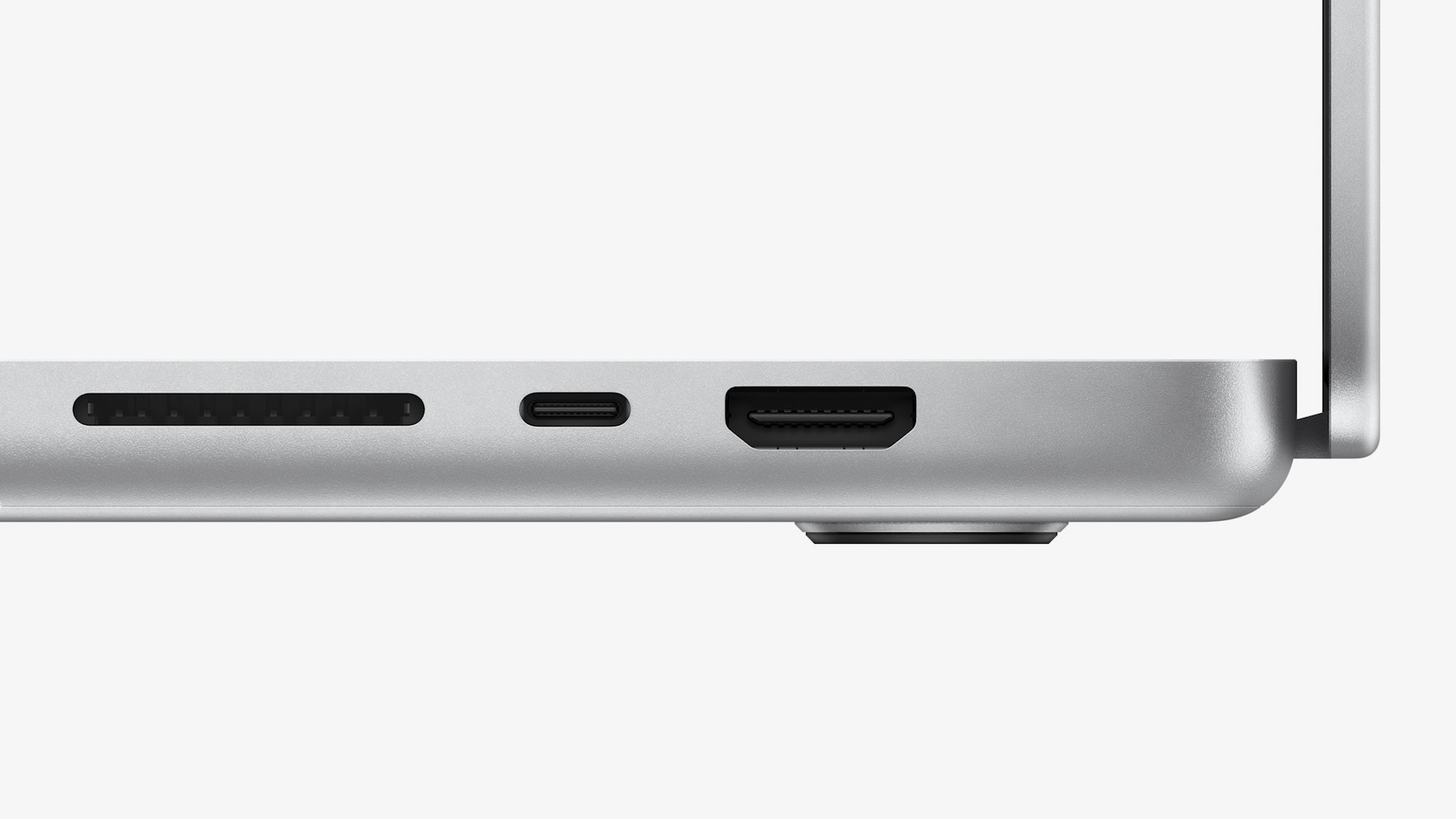
MagSafe 3
The magnetic charging technology of Apple laptops was loved by everyone who used them. Simple and quick attachment as well as safe disconnection in case of accidental pulling on the cable was its main advantage. Of course, in 2015, no one thought that we would have a USB here that could charge the device and expand anyway, and that Apple would get rid of its MagSafe.
So MagSafe is back, and in its improved version. When charging the device, the connected cable will no longer take up one otherwise usable port for some expansion, and charging with it will also be "fast". In 30 minutes, with it and a suitable adapter, you can charge your MacBook Pro to 50% of the battery capacity.
It could be interest you
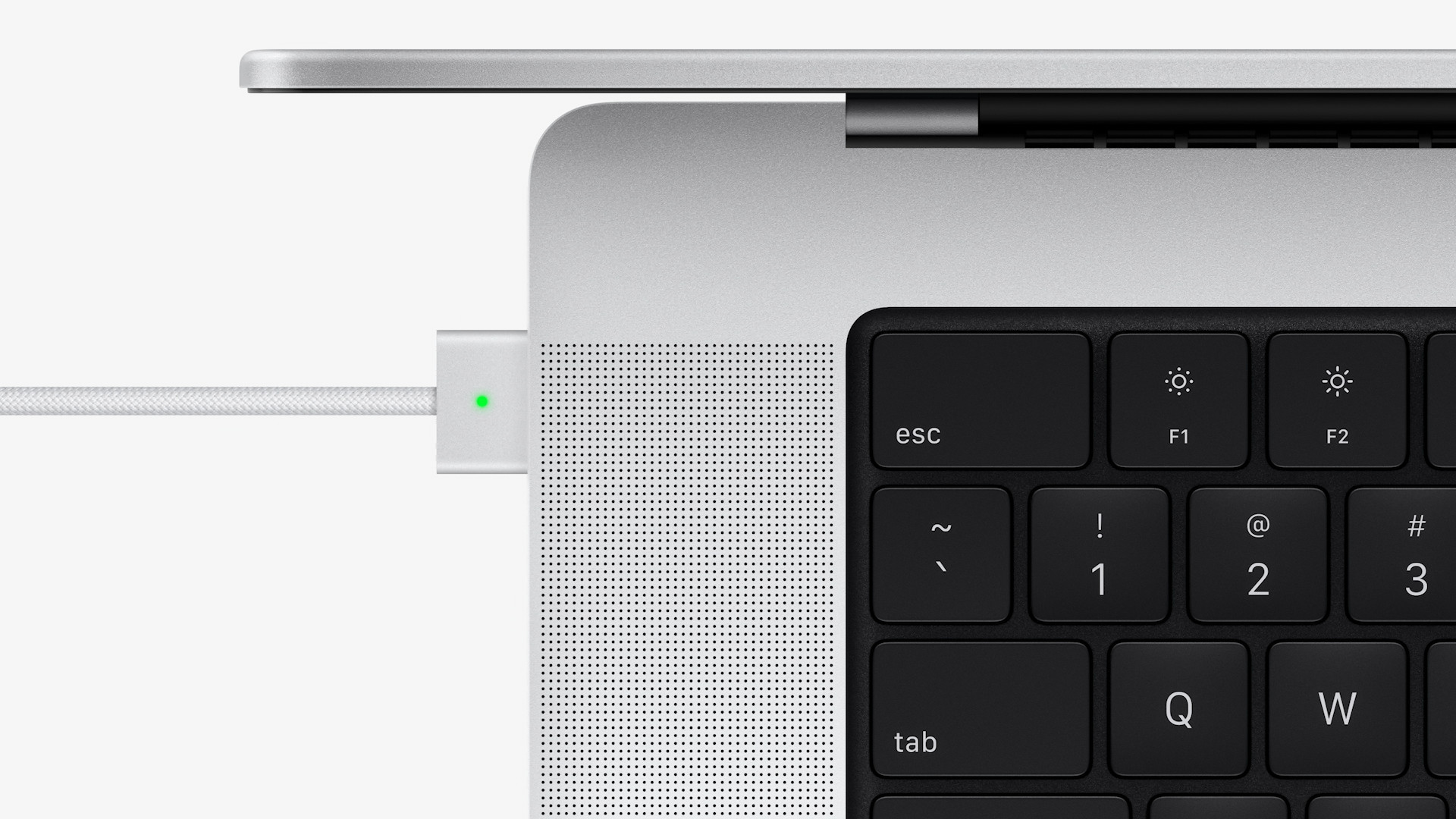
Function keys
You either loved the Touch Bar or you hated it. However, the second sort of users was heard more, so you did not hear much praise for this technical solution of Apple. The praise itself probably did not reach even Apple, which is why it decided to bury this fad of the future with the new generation of MacBook Pro. However, instead of doing it a bit quietly, because from the point of view of technology it is a step backwards, he duly alerted us to it.
By removing the Touch Bar, space was created for the good old hardware function keys, which the company's designers also enlarged so that they are already full size like the other keys. That is, the kind you can find, for example, on external keyboards such as the Magic Keyboard. After all, this is also the name of the keyboard in the MacBook.
But as time has progressed, the functions they refer to have changed a bit. Here you will find the key for Spotlight (search) but also Do Not Disturb. On the far right is the Touch ID key, which has a new design with a circular profile and faster unlocking. However, the keyboard has undergone one more fundamental change. The space between the keys is now black to make them look more solid. How it will be written in the final and whether it was a good step, we will see only after the first tests.
It could be interest you
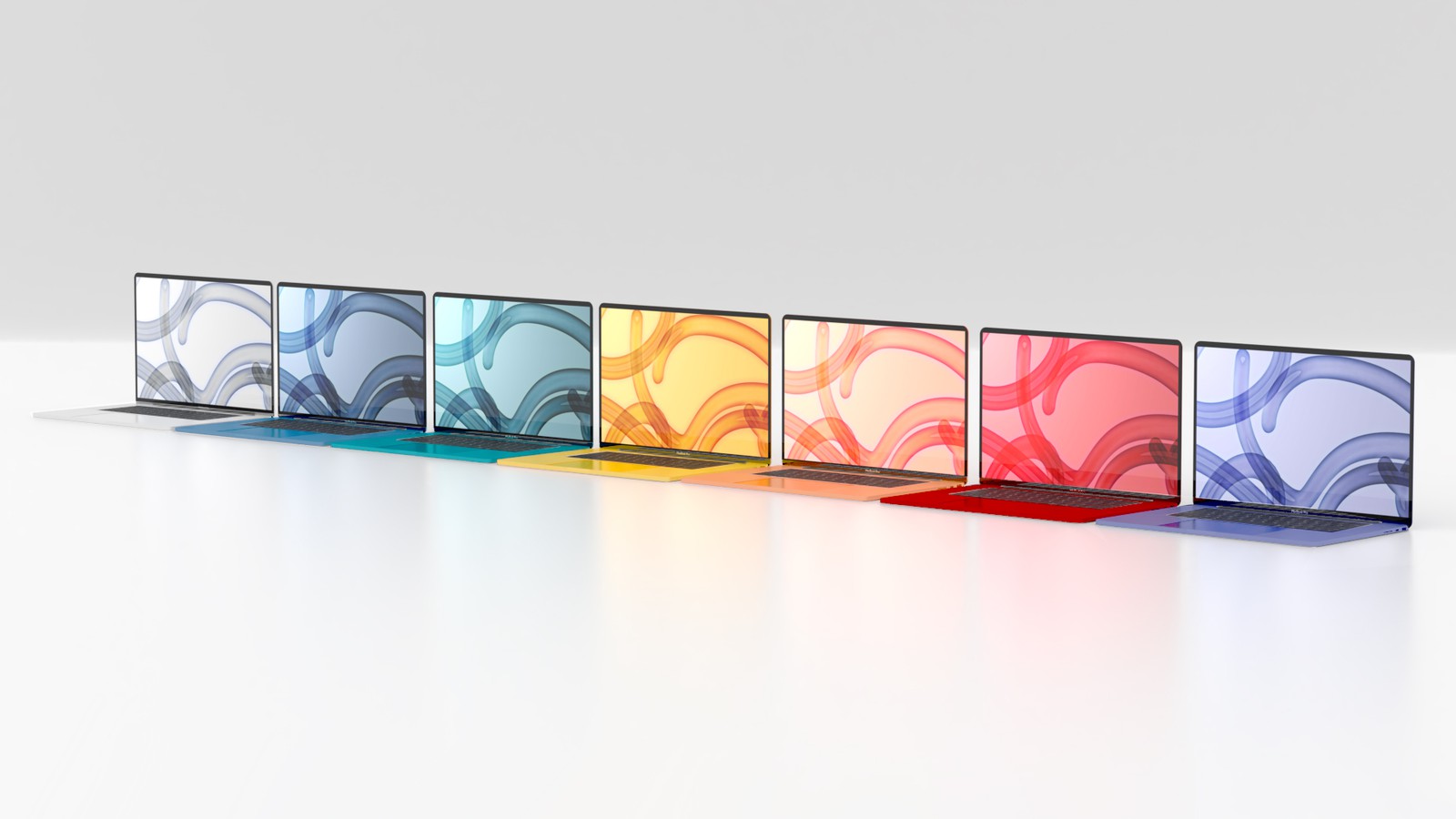
Design
As for the actual appearance of the new products, they simply look more like a machine from 2015 and earlier than the one from 2016 and beyond. However, design is a very subjective matter and one cannot argue about which one is more successful. Either way, it's clear that the 2021 MacBook Pro generation is simply a reference to the past for many. However, with the included chips and hardware improvements, it looks to the future. A combination of both can then be a sales hit. Well, at least among more professionally minded users, of course. Ordinary people will still be satisfied with the MacBook Air. However, it will be very interesting to see if this series will also get the appearance due to the new MacBook Pro, or if it will keep the modern and sharply cut, slim and appropriately predatory design that the 2015" MacBook established in 12.
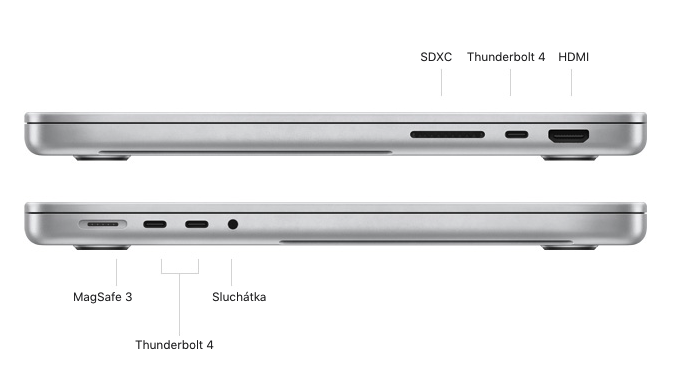
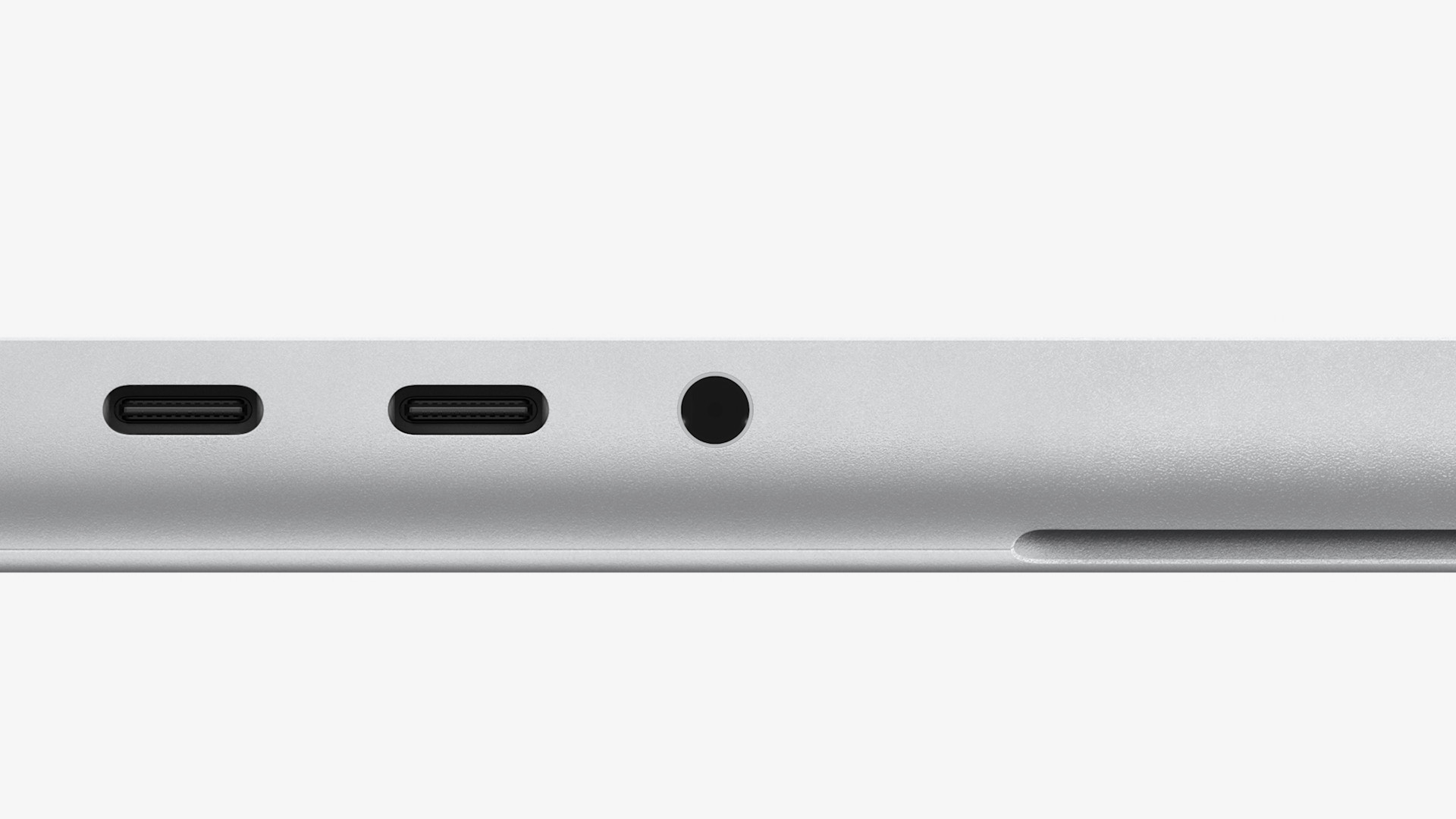
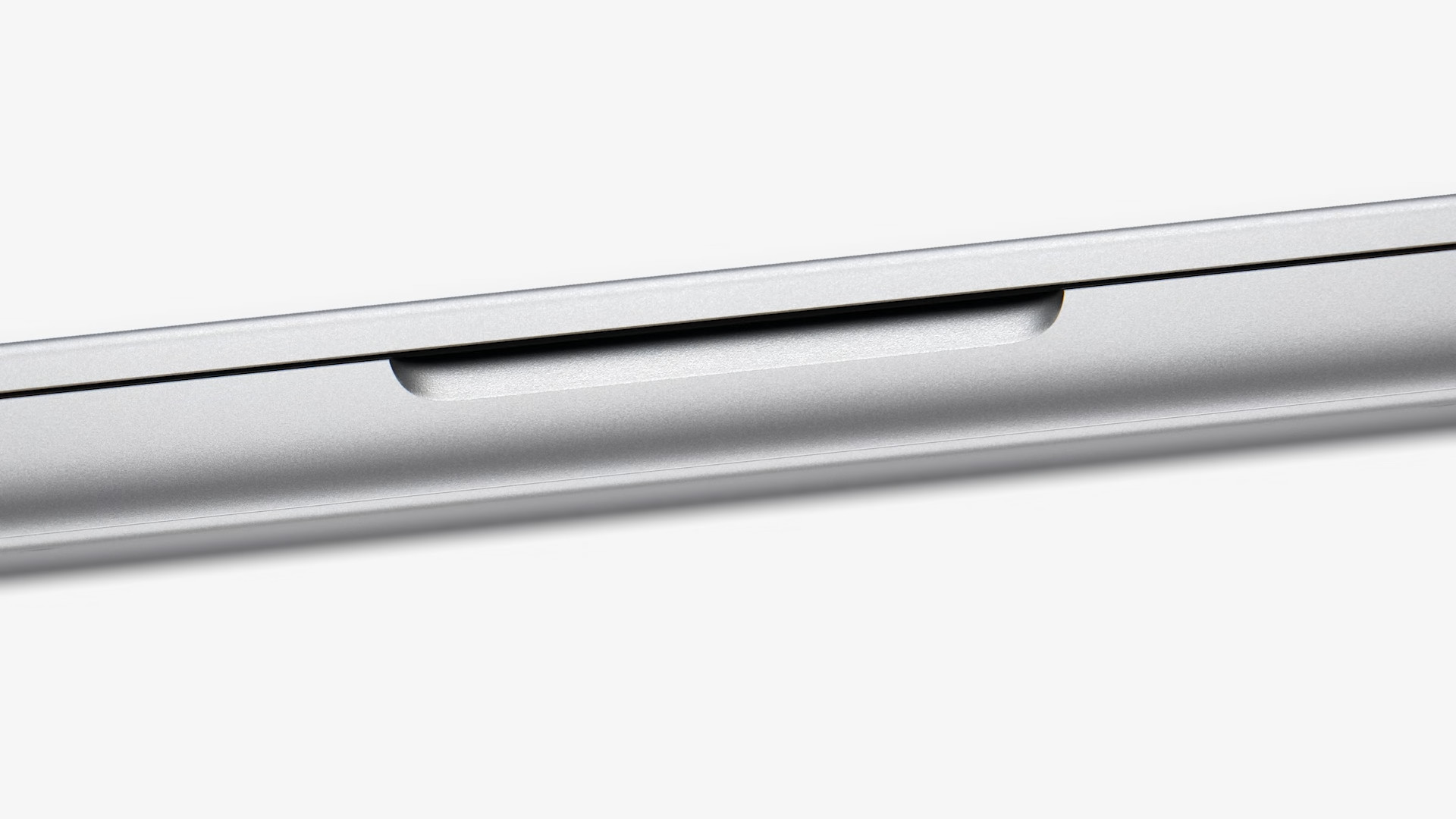

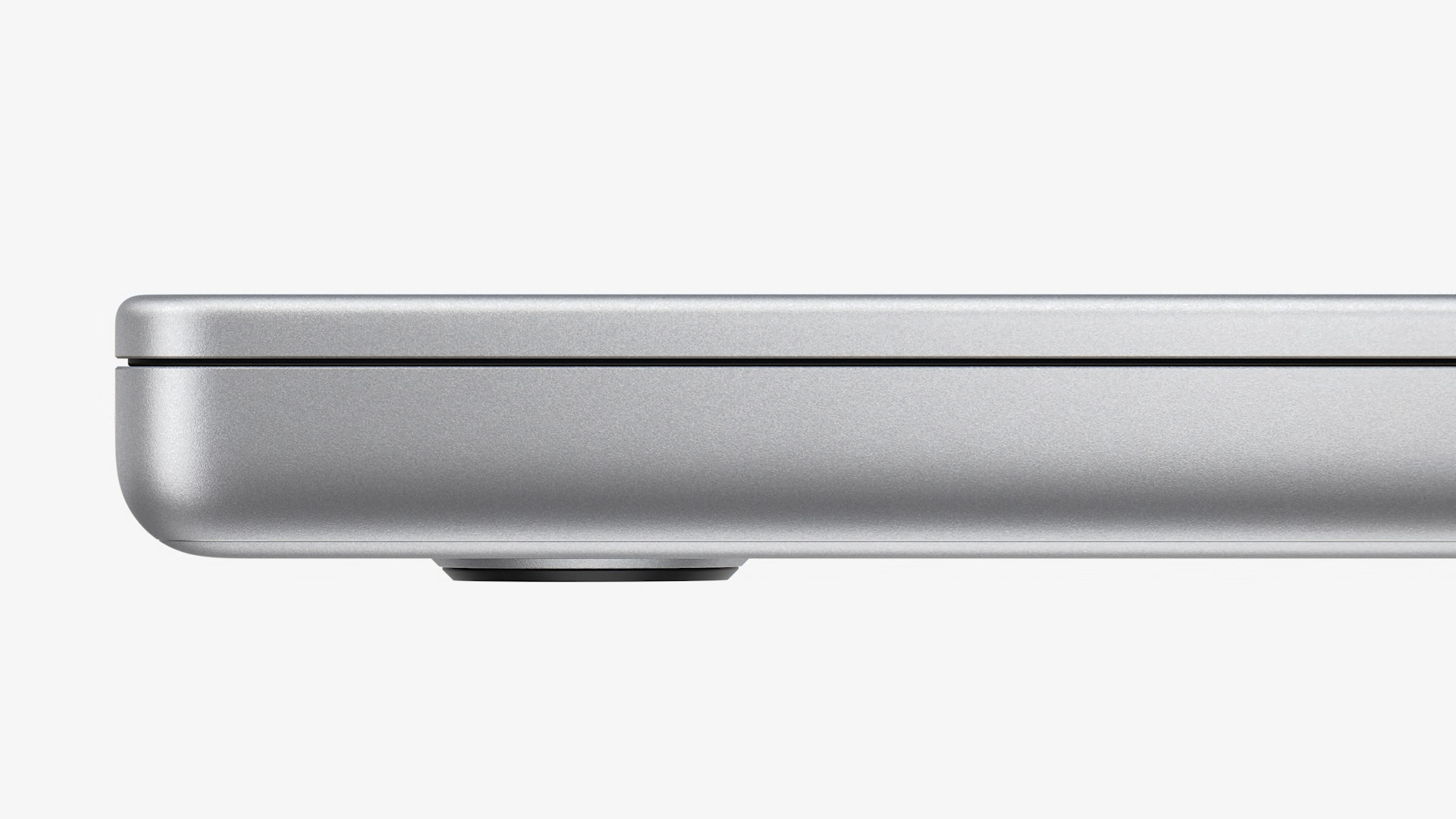
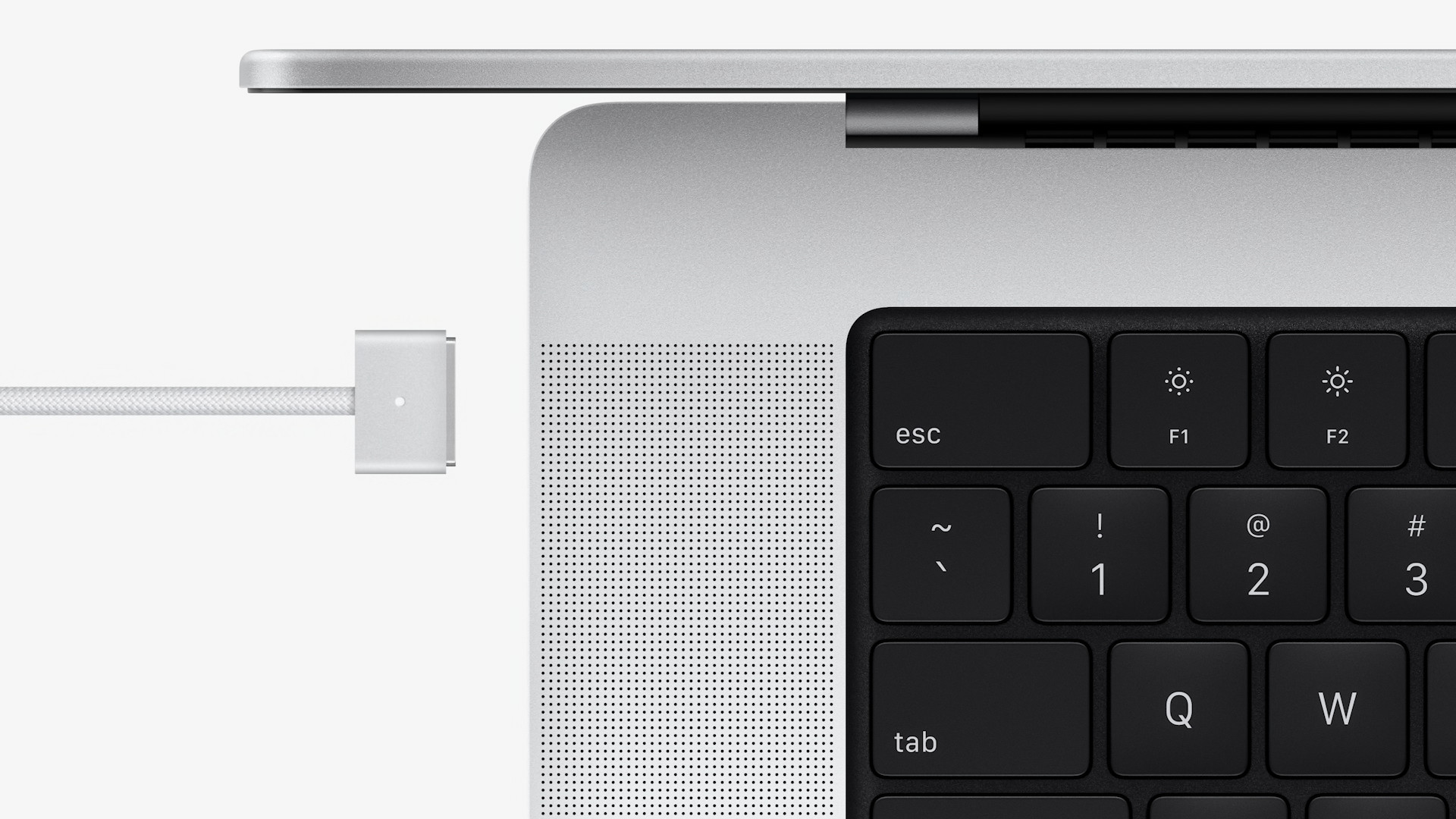
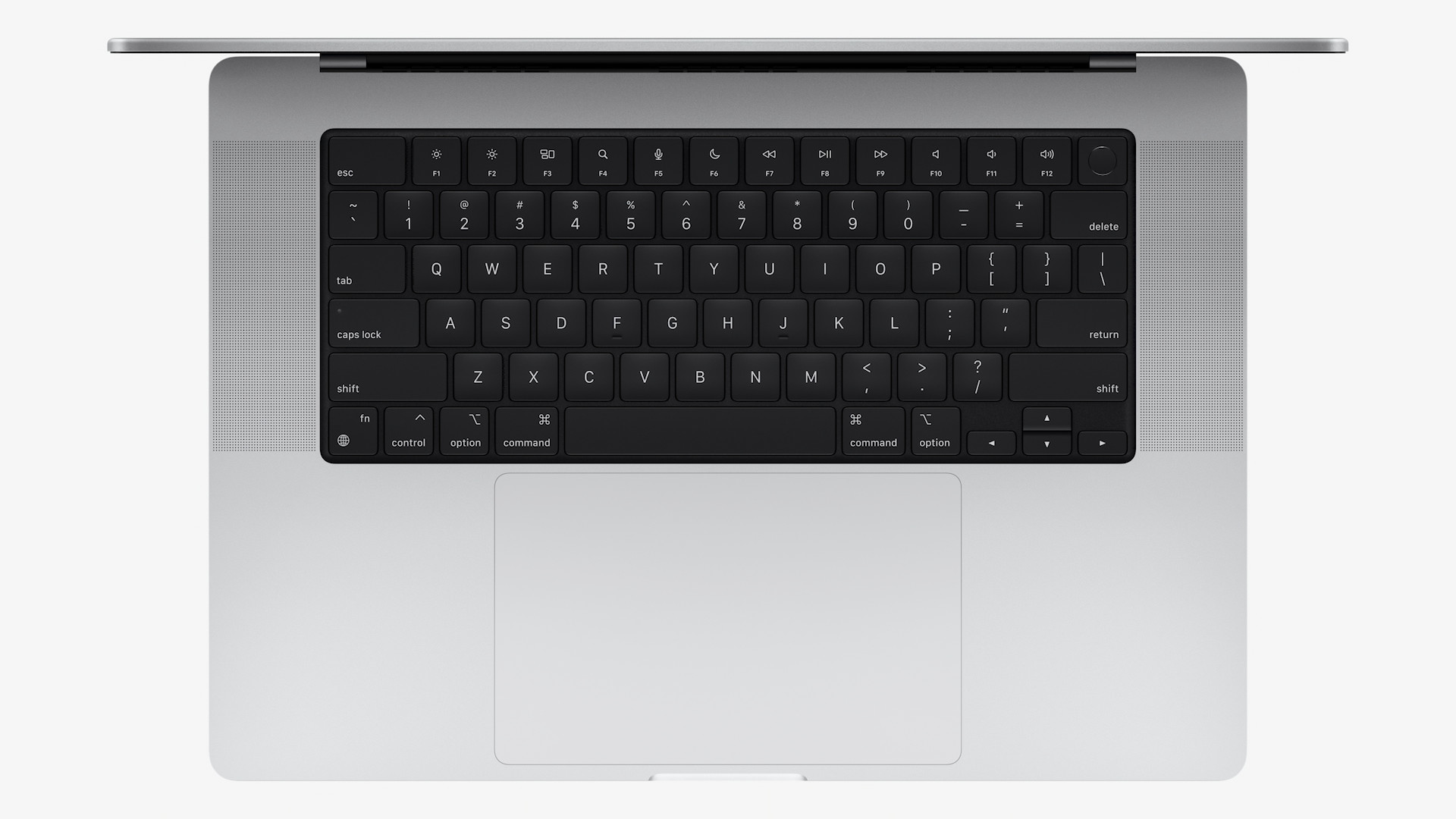

 Adam Kos
Adam Kos 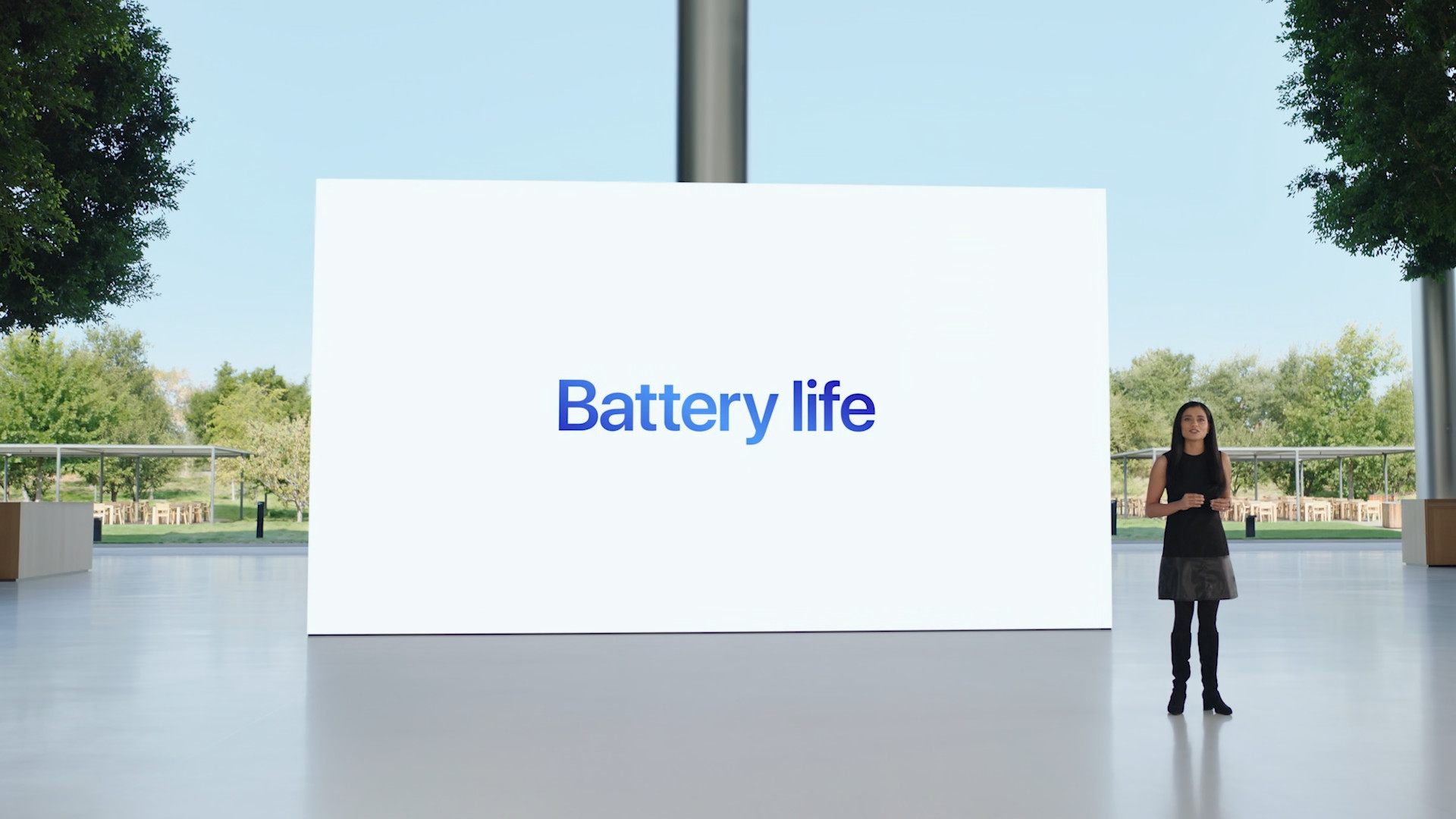
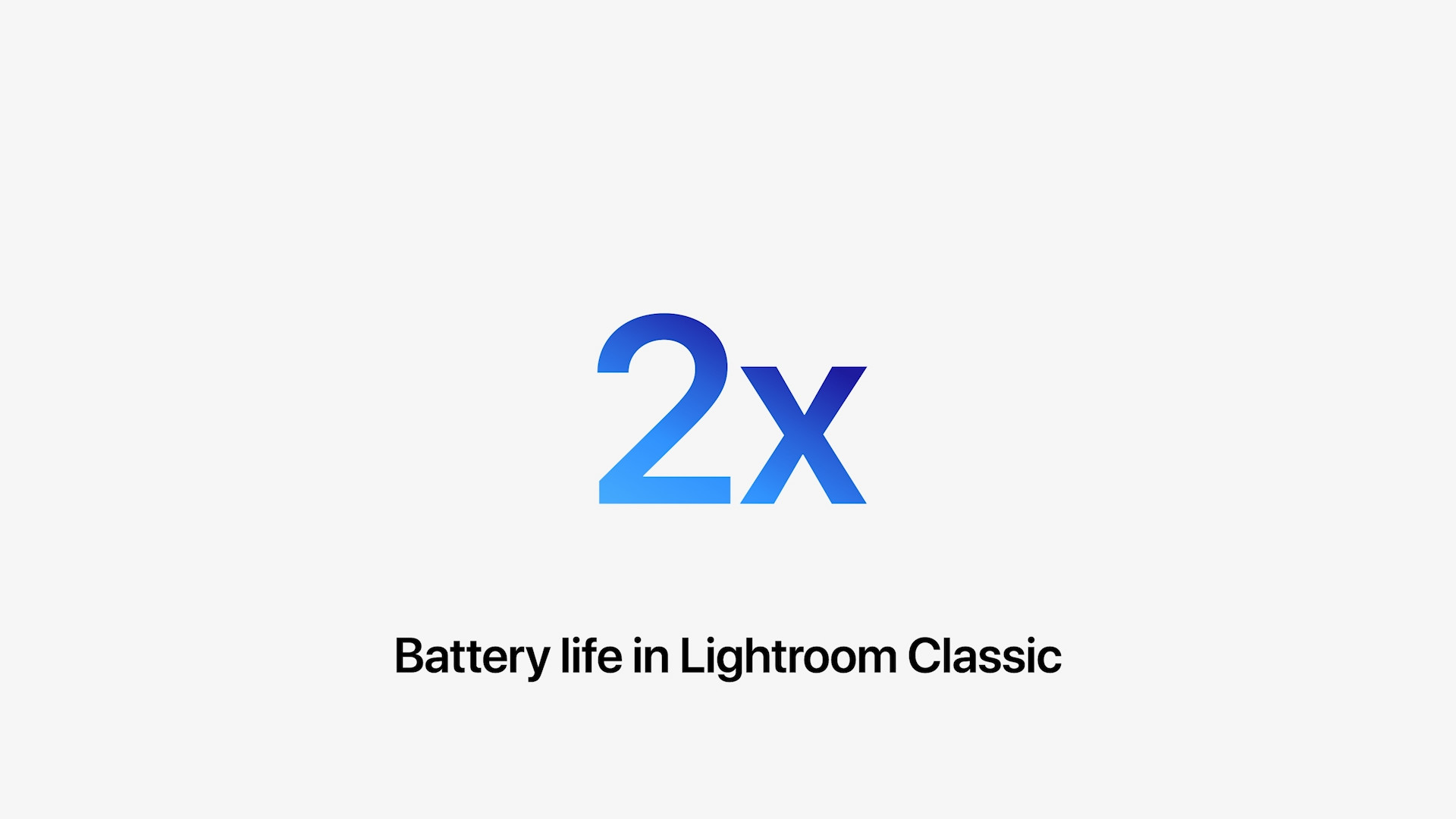
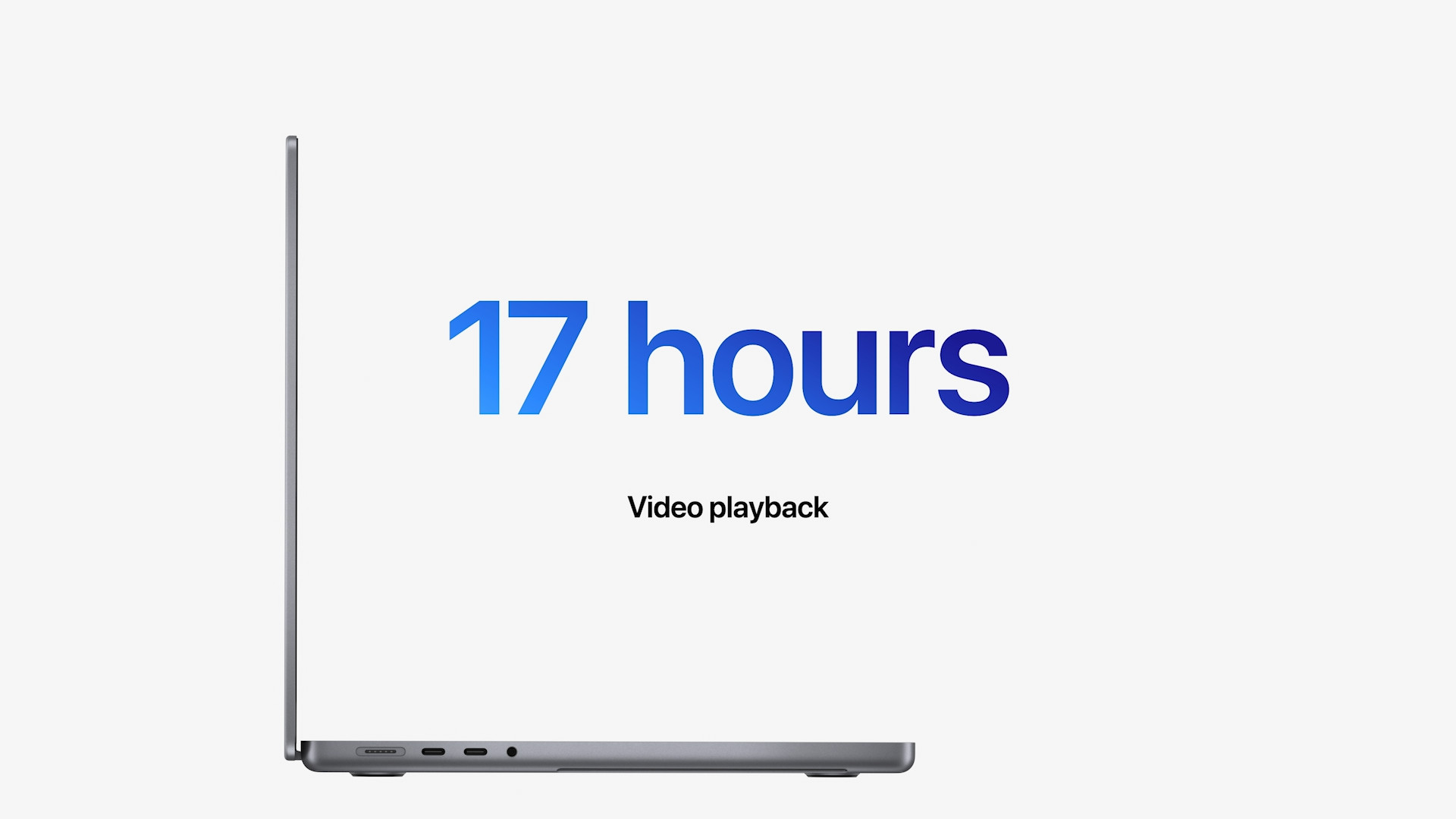
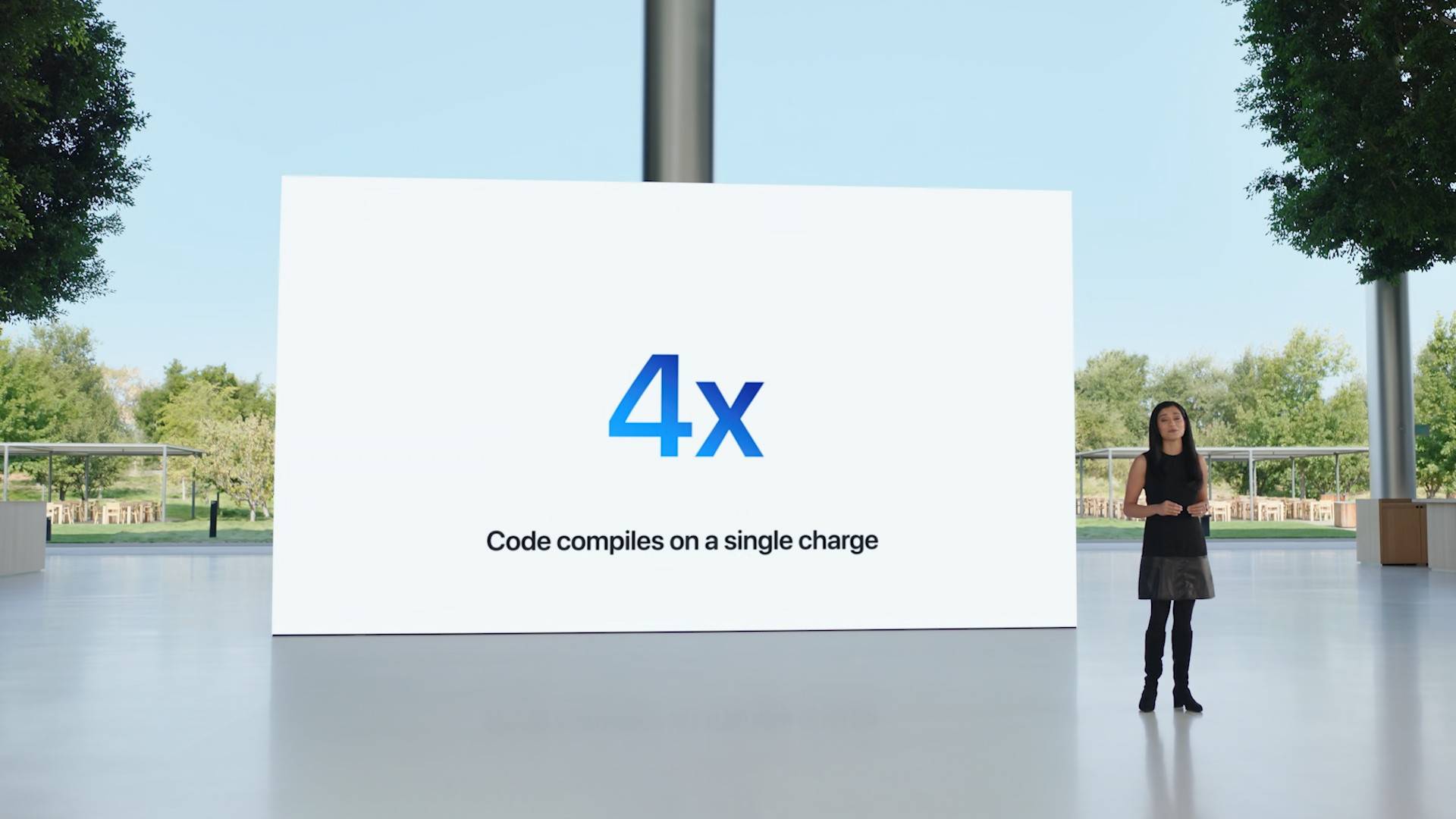
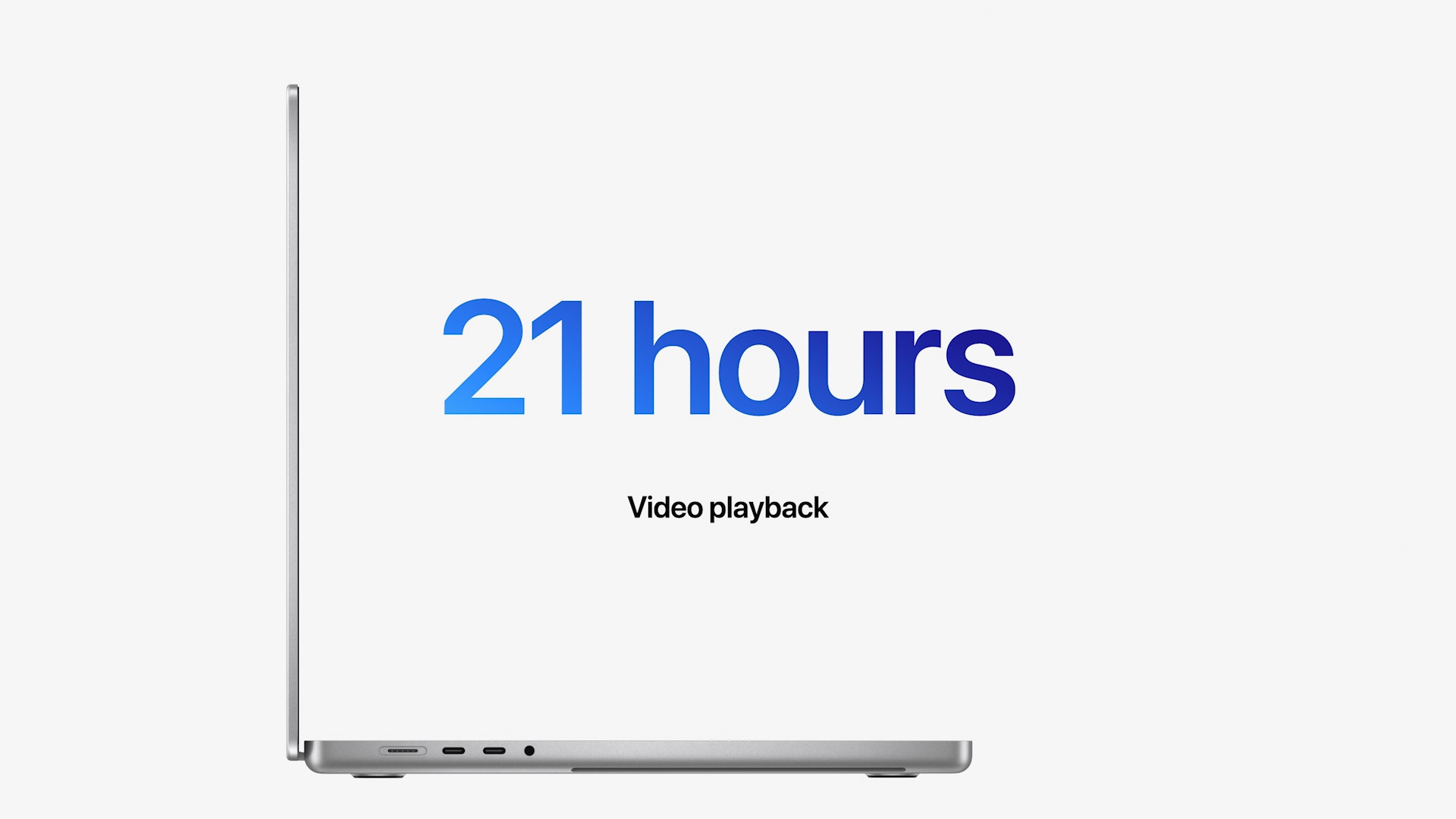
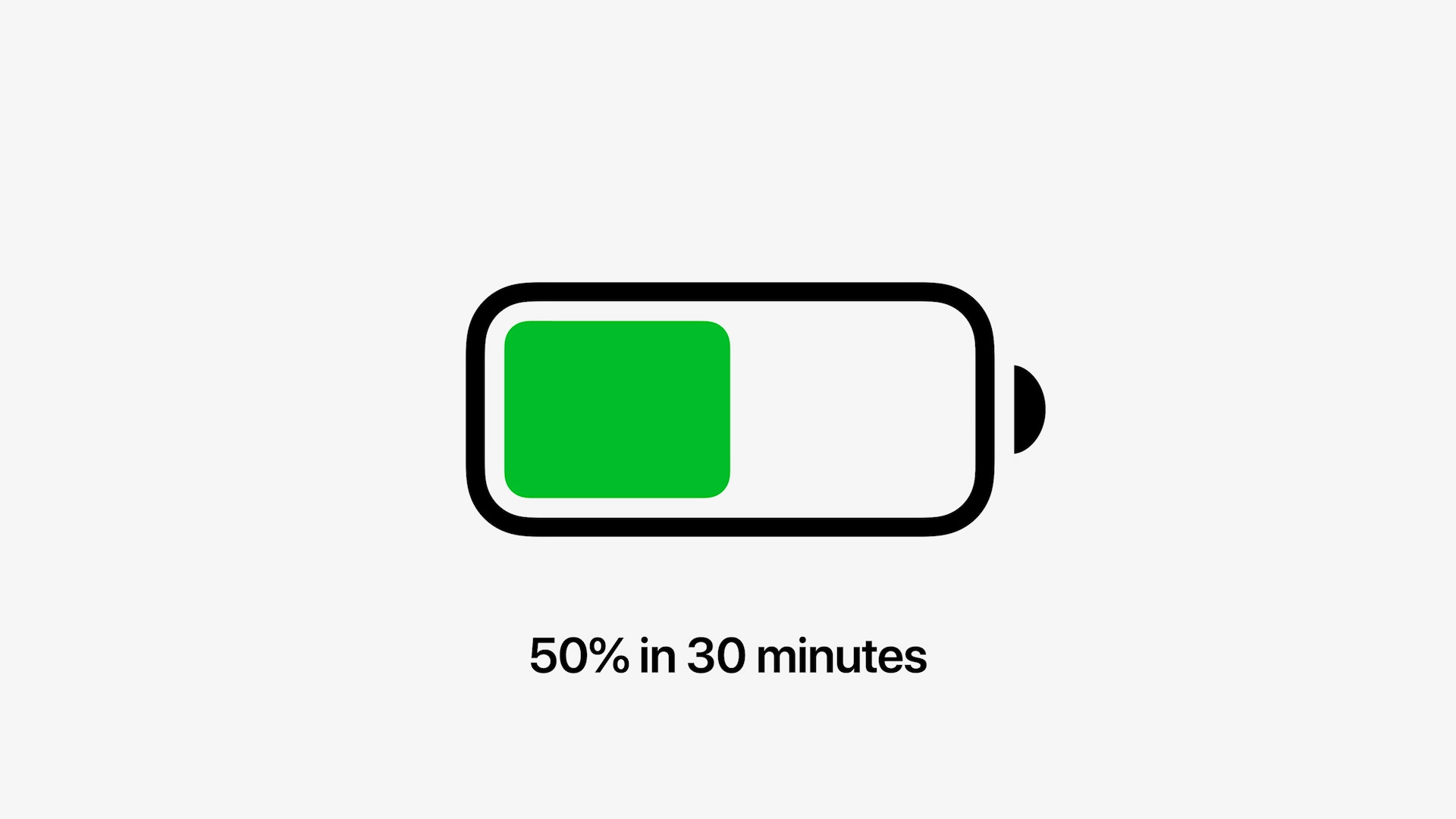


The couples of the parish church are banging. No one, just no one in my area has needed an SD card reader for years. I also haven't used HDMI in years and if I need it, I'll buy a reducer. Classic old USB A I have a reducer - once in a while I need to connect an old flash drive or maybe call a Trustmaster TR500. I would understand that a professional needs an RJ45 - but they didn't put it there, and again - whoever uses it, buys a reducer. The Touch Bar is great and suits me. Working with the touch bar is great only in classic Word. Some development environments also use it. MagSave - I don't know. I like that I can connect power to any of my 4 ports. Sometimes it is an advantage to have it from the left side, sometimes from the right.
I agree with Jenda
I'm exactly the same. As far as the body and connector equipment are concerned, my Macbooks seem like a step backwards compared to my MBPro 2018.
At home, I have a dock connected via a magnetic thunderbolt connector from SimpleLink, which is great, but there is a stick sticking out of one of the USB sticks. I was hoping that when Apple re-develops Magsafe in 2021, it will also be able to push data through... Alas.
I don't have a dock at work and I connect 2 monitors via 2 USB-C. Unfortunately, with the new Proček, I will not have 2 Céček on the right side, so I will have to adjust the setup somehow.
Does anyone know if macbooks with M1 (pro/max) can displayport Daisychain (serial connection of monitors)? Older MacOS lacked support in the driver…
I was also used to the Touchbar. Control the video with the slider, be able to answer or hang up the call with the green or red button and so on and so forth. I personally think they could have left it there, just make the trackpad a little smaller and it would fit above the function keys and everyone could choose. It's more complicated with those ports. A lot of people wanted them there, so they are there. In my opinion, the MacBook Air will stay the way it is because the average user doesn't need it. And it remains to be seen how long the 13″ MacBook Pro with Touchbar will remain in the menu. Maybe Apple will leave it there for those who want to use it.
I agree with every word. The MBPro may not be a desktop, but with only a few TB of ports, it's not an MB that can call itself a Pro. And magsafe is the best thing Apple has ever put into their Macbooks.
If there's one thing I'm glad about, it's that they didn't cook USB-A there:) I hate that connector. I can never get it to plug in properly, I always twist it three or four times before I get it there :D Lightning and USB-C are the best inventions for me since the bicycle and the internet.
Otherwise I liked the 16's design, but there was obviously an overheating issue, which was understandably Intel's fault because they promised Apple something they ultimately couldn't deliver. And both Apple and Dell made laptops with great design, but then they got what they got from Intel and had a real problem with it. The new chips from Apple are very economical, so they would probably cool down, but they probably didn't want to risk it anymore, so they went back to what they had tried.
This is what I like most about Apple users. It returns the connector that is the most used in the world, but no one is forcing you to use it. Result? A bunch of angry people who love their docks more than anything.
A laptop without classic USB is just a tablet without a touch screen - unusable.
Not so much, but it is true that 95% of people in our country use flash drives with USB-A, so having a laptop without it is clearly a weakness. Otherwise, I agree that lightning was a great idea and nothing can match it in execution, except for the 3,5 mm jack.
I'm glad for the SD slot. I use it on a daily basis.